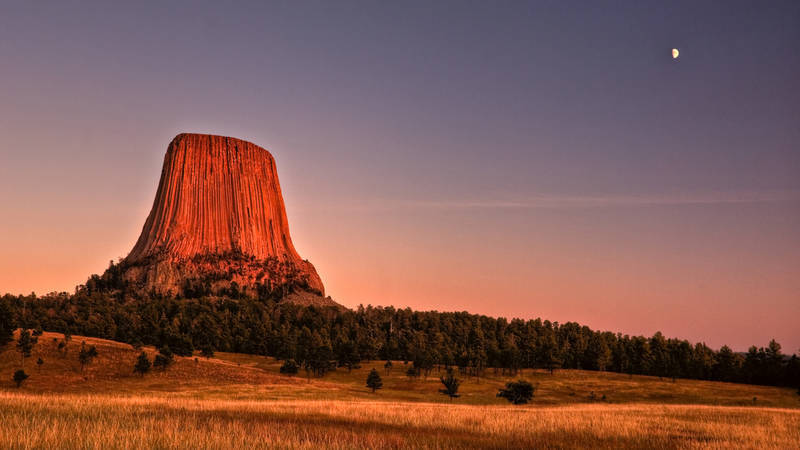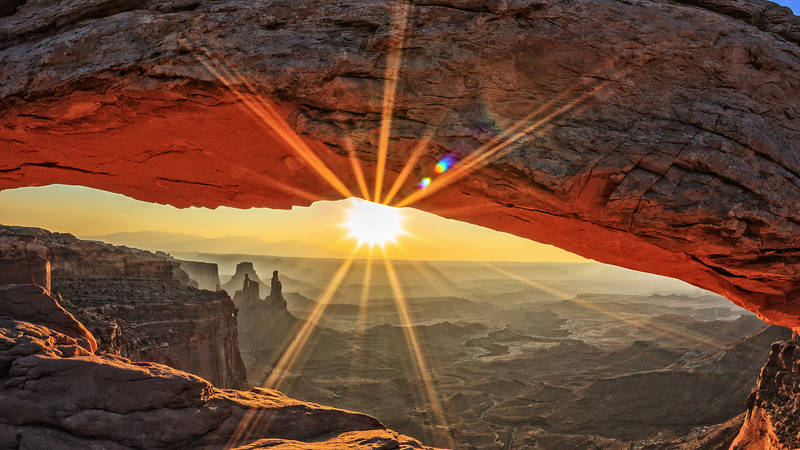New and Expanded National Parks will Showcase our Nation's History and Protect Incredible Landscapes
Washington, DC — With today’s Senate passage of the National Defense Authorization Act, Congress has approved the most significant expansion of the National Park System in nearly three decades.
The legislation carried with it the establishment of seven new national park sites, the expansion of nine national park sites, and the extension of 15 National Heritage Areas, effectively shaking loose a five-year stalemate on public lands measures in Congress. It also authorizes the National Park Service to study Civil War battlefield grounds in Mill Springs, Kentucky; areas related to the Buffalo Soldiers, often considered the original guardians of our national parks; and other important places for future national park consideration. The measure is now on its way to President Obama for his signature, at which time it will officially become law.
“This bipartisan legislation represents years of work by community members, business leaders, scientists and the National Parks Conservation Association. It also represents years of history that deserve to be preserved, and acres of land that deserve to be protected in the name of strengthening our country’s best idea. This legislation clearly demonstrates that Congress and the Administration are making national parks a national priority,” said Clark Bunting, President and CEO of National Parks Conservation Association.
Highlights of the legislation include:
• Approval of Nevada’s Tule Springs Fossil Beds National Monument as a new national park site, once home to the Ice Age fossil remains of lions, bison, gargantuan mammoths, dire wolves and saber tooth cats.
• Approval of the Manhattan Project National Historical Park as a new national park, with sites in Washington, New Mexico, and Tennessee, where under a veil of secrecy workers built the world’s first production-scale nuclear reactor—and created a lasting impact on world history.
• Approval of the Harriet Tubman National Historical Park in New York, sites important to the life of the legendary Underground Railroad conductor who led many enslaved people to freedom.
• Approval of Valles Caldera National Preserve in New Mexico as a new national park site, where scientists come to study one of the world’s best examples of a resurgent caldera and its large eruptions and visitors come to explore the streams, mountain peaks, old growth timber, and rich tribal heritage.
• Expansion of Gettysburg National Military Park to include the Gettysburg Train Station in Pennsylvania, famed for bringing President Abraham Lincoln to the area to deliver the Gettysburg Address. The train station also served as a field hospital during the battle.
• Expansion of Oregon Caves National Monument and Preserve to add 4,000 additional acres of federal land to the existing monument to better protect the larger watershed and the cave system. President William Howard Taft originally protected 480 acres of this area in 1909.
• Expansion of San Antonio Missions National Historical Park in Texas to better preserve important cultural and historic resources associated with the Spanish Colonial era (1513 – 1821). Visitors will now be able to see crops growing on the Spanish colonial farm fields and witness a working irrigation system (acequias).
• Study the possible inclusion of a national park site to tell the story of the Buffalo Soldiers , African-American troops that played a key role in protecting Yosemite, Sequoia and Kings Canyon National Parks before the National Park Service was formed. The soldiers built roads, created maps, extinguished fires, prevented the logging of sequoia trees, and kept poachers out of the parks.
• Protection of land and the headwaters of the Flathead River, adjacent to Glacier National Park, by precluding future mining and drilling activity through the North Fork Watershed Protection Act.
This legislation is monumental in terms of expanding our National Park System, though NPCA is mindful that it is not perfect.
“While this legislation includes two dozen bills that protect iconic places both in our history and in our landscapes, we also recognize that it includes provisions that could harm our natural resources. And it is those provisions that are of concern to us, both as park advocates and as conservationists. However, the gains we make for our parks, their communities and their visitors will have lasting benefits for our nation,” said Theresa Pierno, Chief Operating Officer, National Parks Conservation Association.
###
About National Parks Conservation Association
Since 1919, the nonpartisan National Parks Conservation Association (NPCA) has been the leading voice in safeguarding our national parks. NPCA and its more than one million members and supporters work together to protect and preserve our nation’s natural, historical, and cultural heritage for future generations. For more information, visit www.npca.org.


